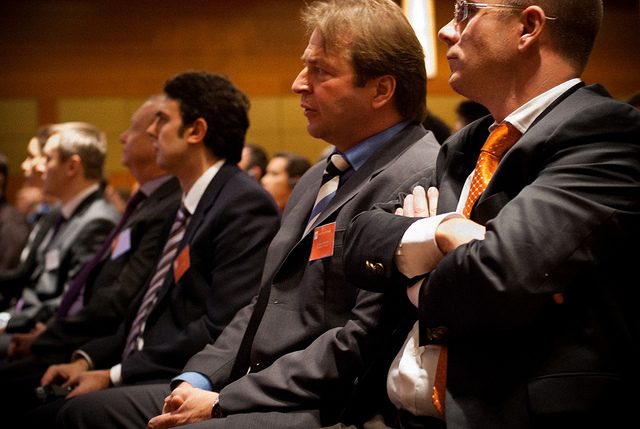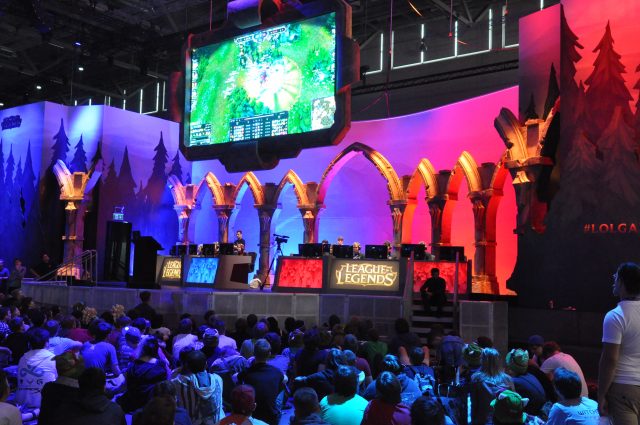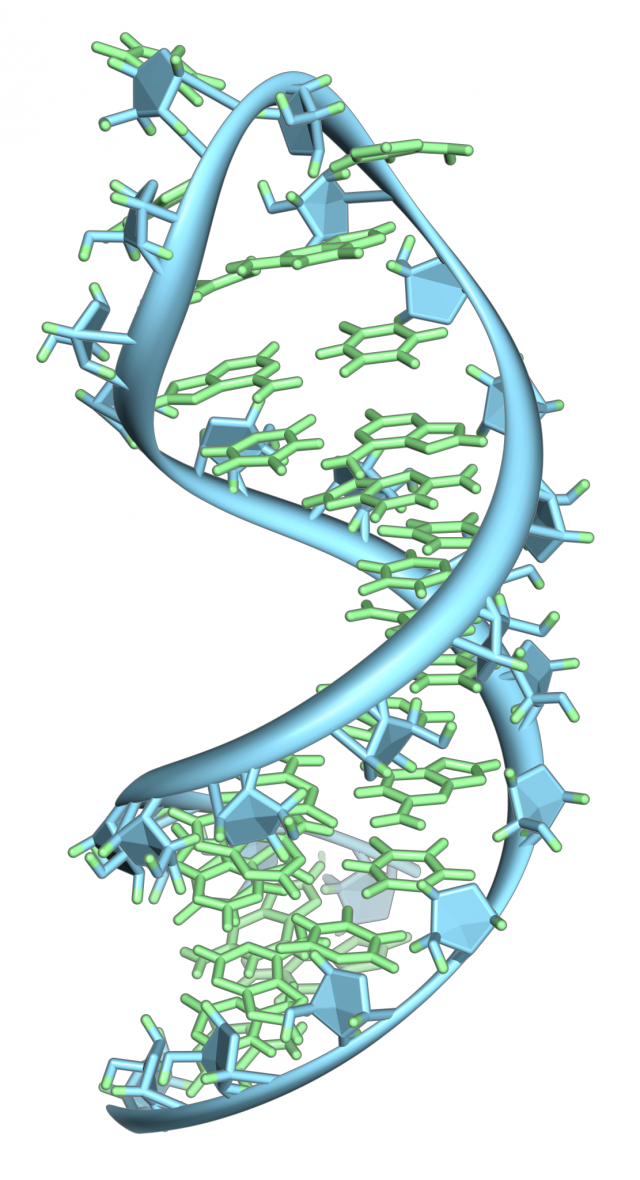Morf Media’s Playbook Offers Gamified Compliance Training
Gamifying Compliance Training for Corporate Employees with Morf Media
The subject of compliance with government regulations and ethics is a serious one for businesses. The consequences of being caught violating the law, even inadvertently, are more severe than ever. The Food and Drug Administration, the Federal Trade Commission, the Securities and Exchange Commission and other federal agencies are waiting to catch rule-breakers. Thanks to the Internet and social media, the news of violations spreads around the world immediately. One misstep wipes out years of patiently building a great reputation with consumers.
However, the law, applicable federal regulations and how the history of how courts have ruled are dry subjects and often little-understood by most employees. In general, they hate compliance training even though they recognize its necessity. That makes compliance training a great example for applying gamification.
In May 2016, Morf Media USA announced it had formed partnerships with leading compliance training providers to use Morf’s Playbook smart phone platform to provide corporate training on compliance. Partners include:
- ComplianceOnline
- World Compliance Seminars
- The Growth Company
- Strategic Compliance Partners
- America’s Mortgage Institute
Morf is now offering smart phone enabled, gamified courses on HIPAA, Workplace Harassment, Food, the Mortgage Industry, Data Protection, FDA Inspections, Medical Services and Bio/Pharma.
In an article for eLearning Industry, Asha Pandey describes the time she created a course for a business to training employees in risk management compliance using gamification.
She describes the content as “dry,” and though the enterprise sanctioned the gamification approach, they didn’t want it to become frivolous. She and her team worked hard to come up with an approach that would be challenging and yet reward learning the material. The structure and the underlying story had to remain true to the actual content. It also had to relate to the real-life work experiences of the employees so they could relate to the material and actually apply it on the job. The learning had to proceed in increments.
They completed a full game environment with quality graphics and a console to guide the students and give them realistic yet fun situations to evaluate.
In another article for eLearning Industry, Melissa Dougherty describes how she made compliance training fun and effective. In the first instance, she had employees complete an investigation into a security breach. They had to figure out how the act occurred and how to prevent such future security problems. In the second, she designed a board game.
Employees do not want to watch dull and boring talking heads. To gamify employee training can make even compliance training fun and interesting.
Image credit: flickr



















